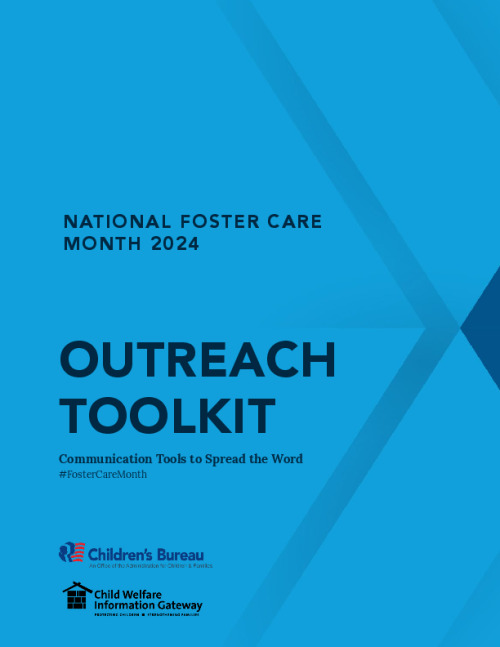National Foster Care Month Outreach Toolkit
Date: January 2024

Year Published: 2024
File Size: 896 KB
Raise awareness of National Foster Care Month and encourage involvement in your community! Access these tools to support your promotional, outreach, and social media activities.